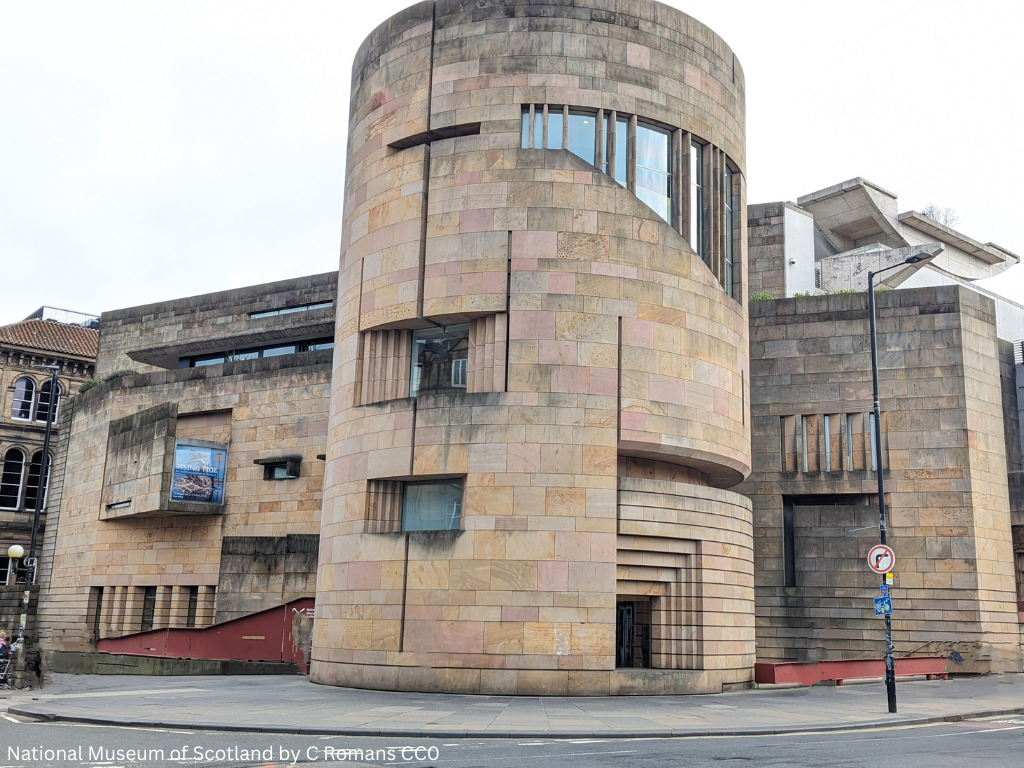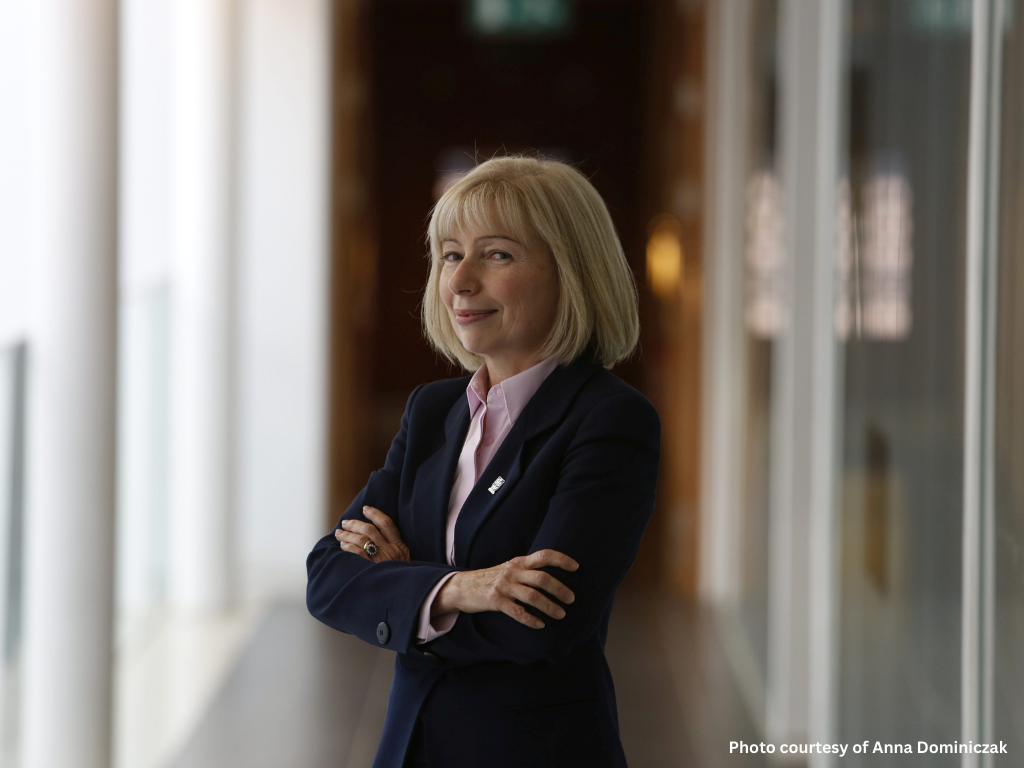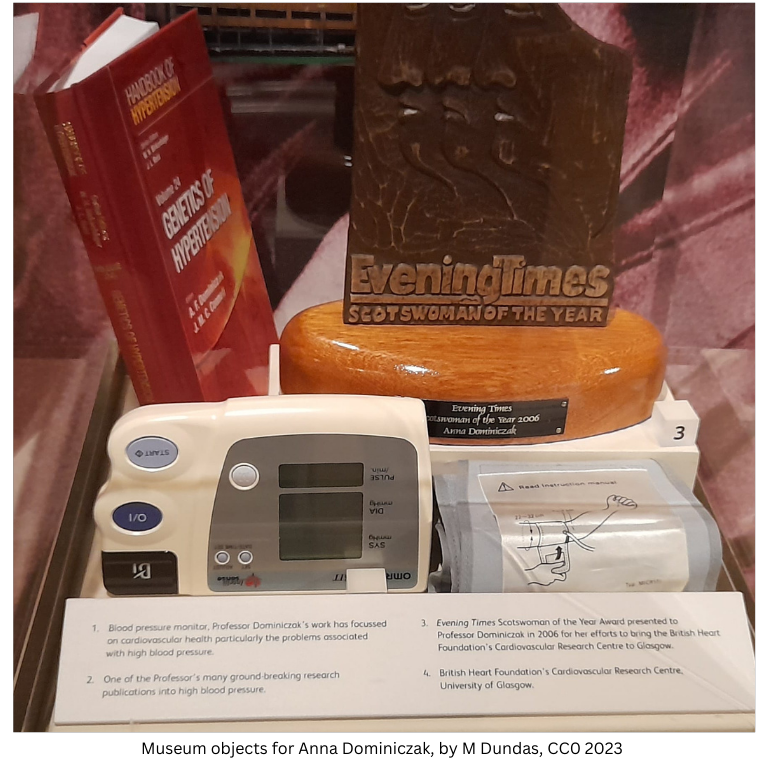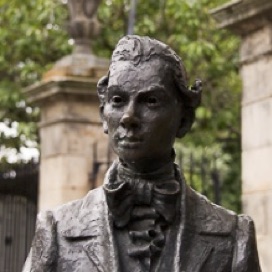| Level 6, National Museum of Scotland, Chambers Street, Edinburgh, EH1 1JF |

Professor Dame Anna Dominiczak (born 1954) is a medical researcher, Scotland’s Chief Scientist of Health, and the first woman to be appointed Regius Professor of Medicine – the oldest existing chair at the University of Glasgow. She has held positions as Vice Principal and Head of Medical Veterinary & Life Sciences at Glasgow University and was awarded a DBE in 2016 to recognise her contributions to medical science. Dame Dominiczak has published extensive research across various fields, including hypertension, cardiovascular genomics and precision medicine. She was the Editor-In-Chief of the prestigious American Heart Association journal, Hypertension from 2012-2022, and in July 2023 launched the new journal Precision Medicine as Editor-in-Chief with Cambridge Prisms. She is a Fellow of the Royal Society of Edinburgh and her pioneering work in medical science is recognised in this exhibit at the National Museum of Scotland.

Portrait of Anna Dominiczak

Sources:
- Anna Dominiczak.” Wikipedia, Wikimedia Foundation, 8 June 2023. Accessed 12 Sept 2023.
- “Professor Dame Anna Dominiczak.” University of Glasgow. Accessed 12 Sept. 2023.
Additional links:


